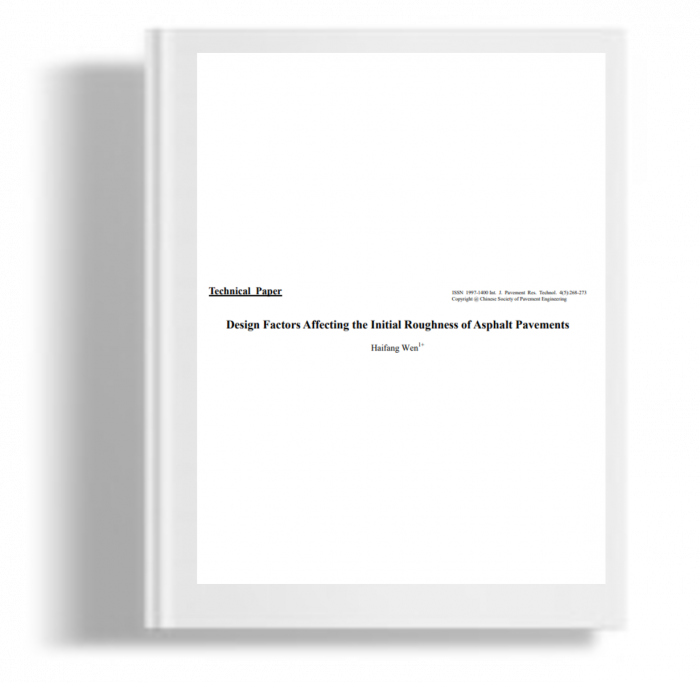Kami menggunakan cookies untuk membuat pengalaman Anda lebih baik. Untuk mematuhi petunjuk e-Pribadi yang baru, kami perlu meminta persetujuan Anda untuk menyetel cookies. Pelajari lebih lanjut .
Design factor affecting the initial roughness of asphalt pavement
Past studies have shown that initial pavement roughness greatly affects future pavement roughness and roughness progression rate. Highway agencies typically use incentives/disincentives to control the initial roughness of pavements. However, the current blanket specifications do not account for inherent factors that affect initial roughness, such as design factors. In other words, pavements are designed to have different initial roughness. This study analyzes the design factors affecting the initial roughness of asphalt-surfaced pavements.
- Baca | Unduh PDF
- Design factor affecting the initial roughness of asphalt pavement
Past studies have shown that initial pavement roughness greatly affects future pavement roughness and roughness progression rate. Highway agencies typically use incentives/disincentives to control the initial roughness of pavements. However, the current blanket specifications do not account for inherent factors that affect initial roughness, such as design factors. In other words, pavements are designed to have different initial roughness. This study analyzes the design factors affecting the initial roughness of asphalt-surfaced pavements. An initial international roughness index (IRI) of 442 asphalt-surfaced pavements constructed from 2000 to 2004 was analyzed based on analysis of covariates. The factors considered in this study include hot mix asphalt (HMA) layer thickness, project location (urban vs. rural), base type, HMA mix classification, and pavement length. The statistically significant factors affecting initial pavement roughness were identified and discussed. These factors can be taken into account to develop specifications for initial roughness of asphalt pavements.

